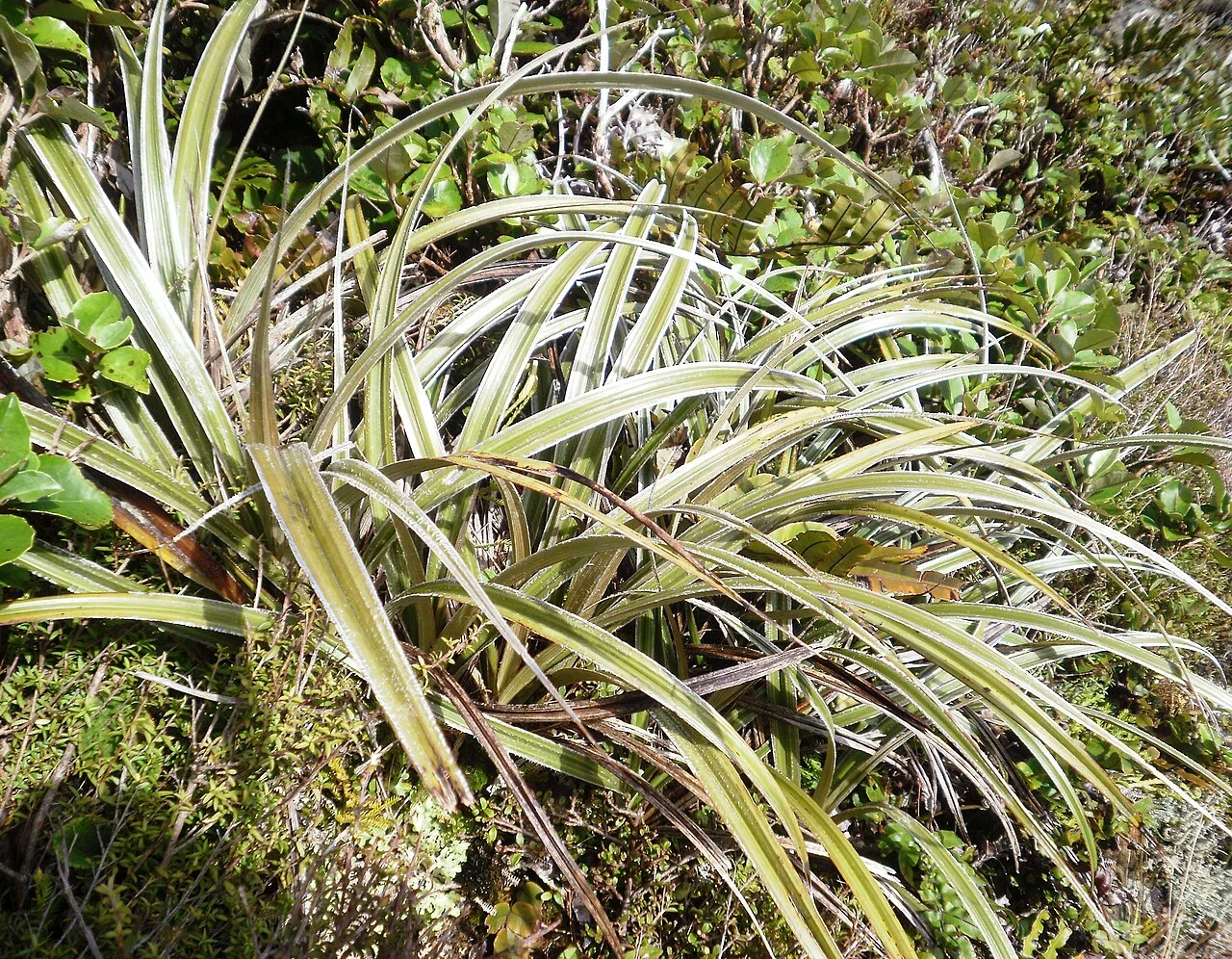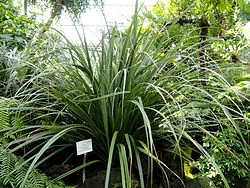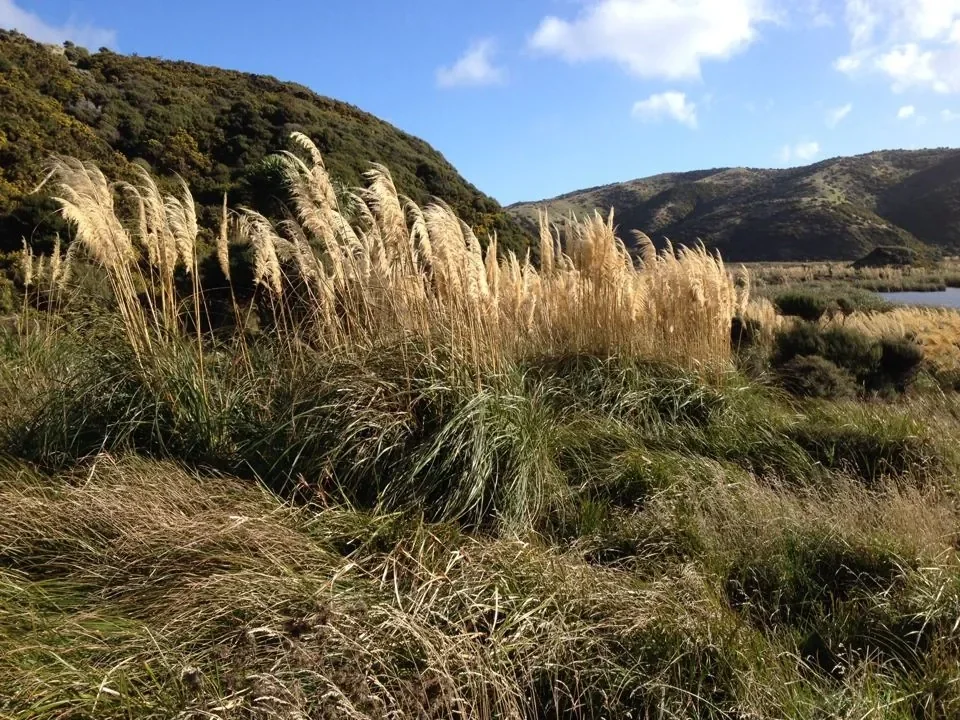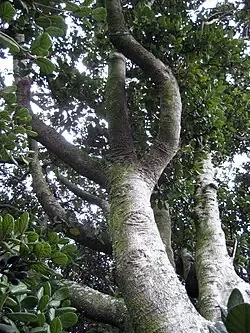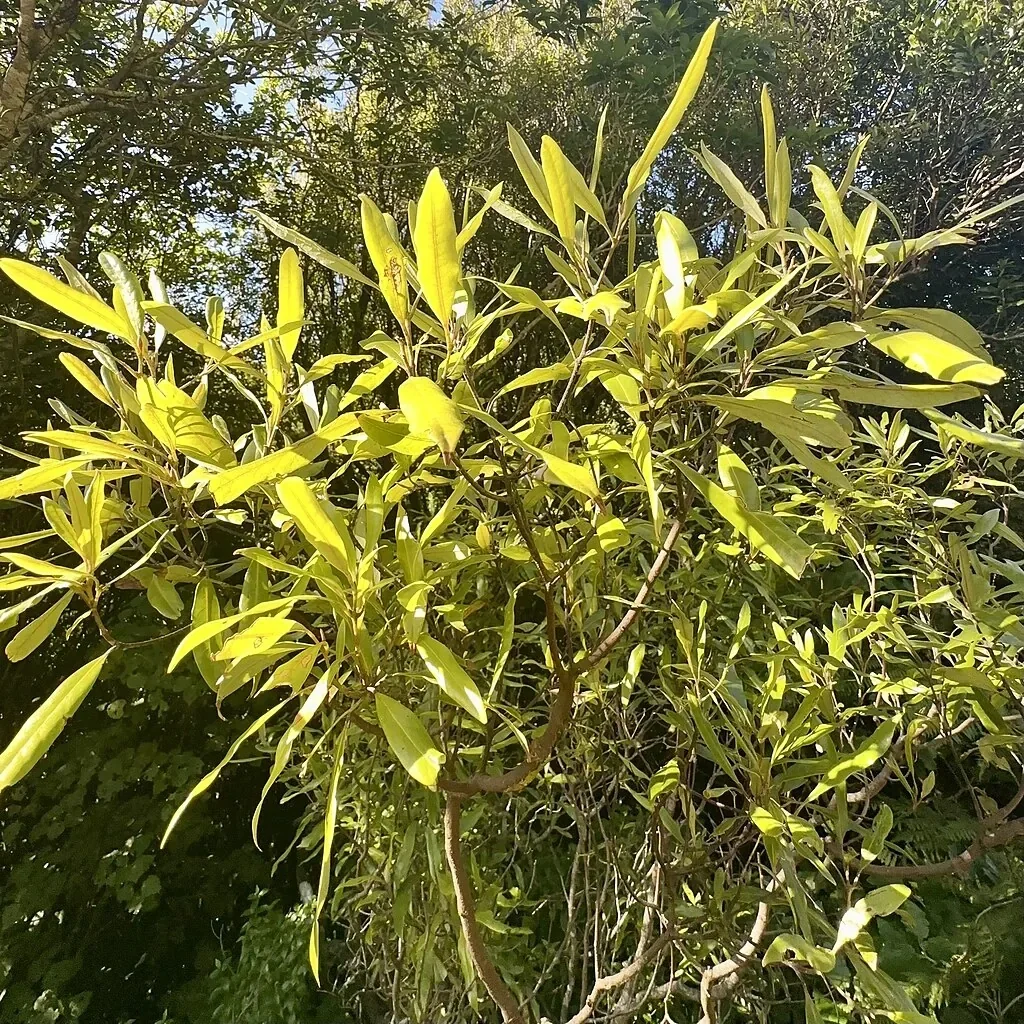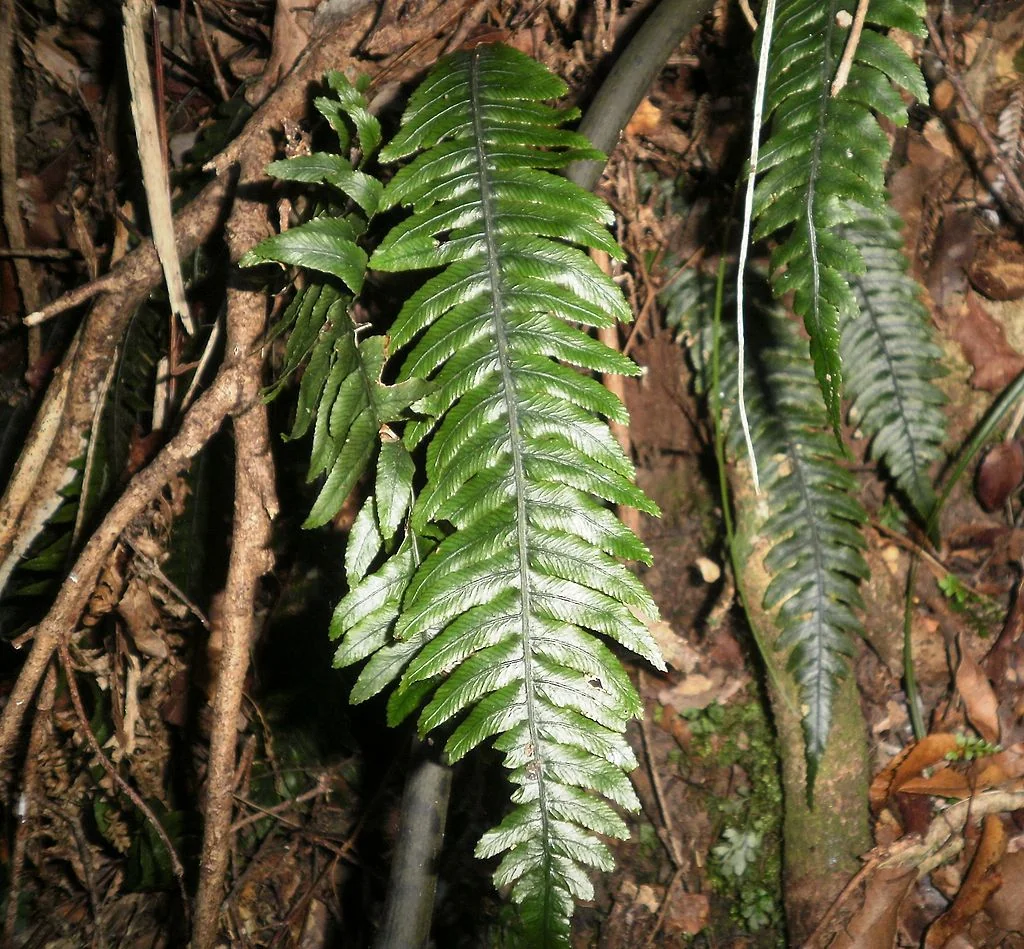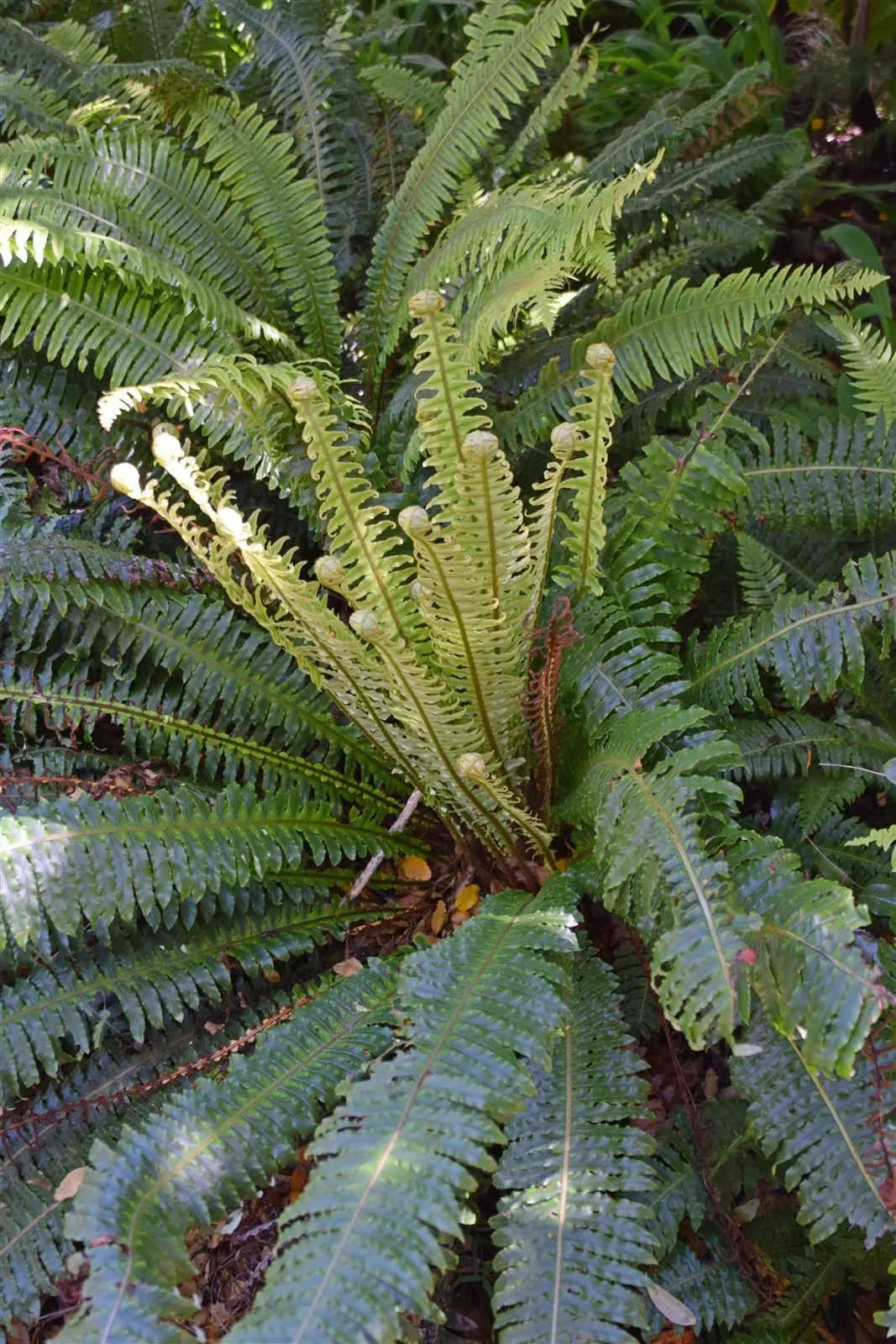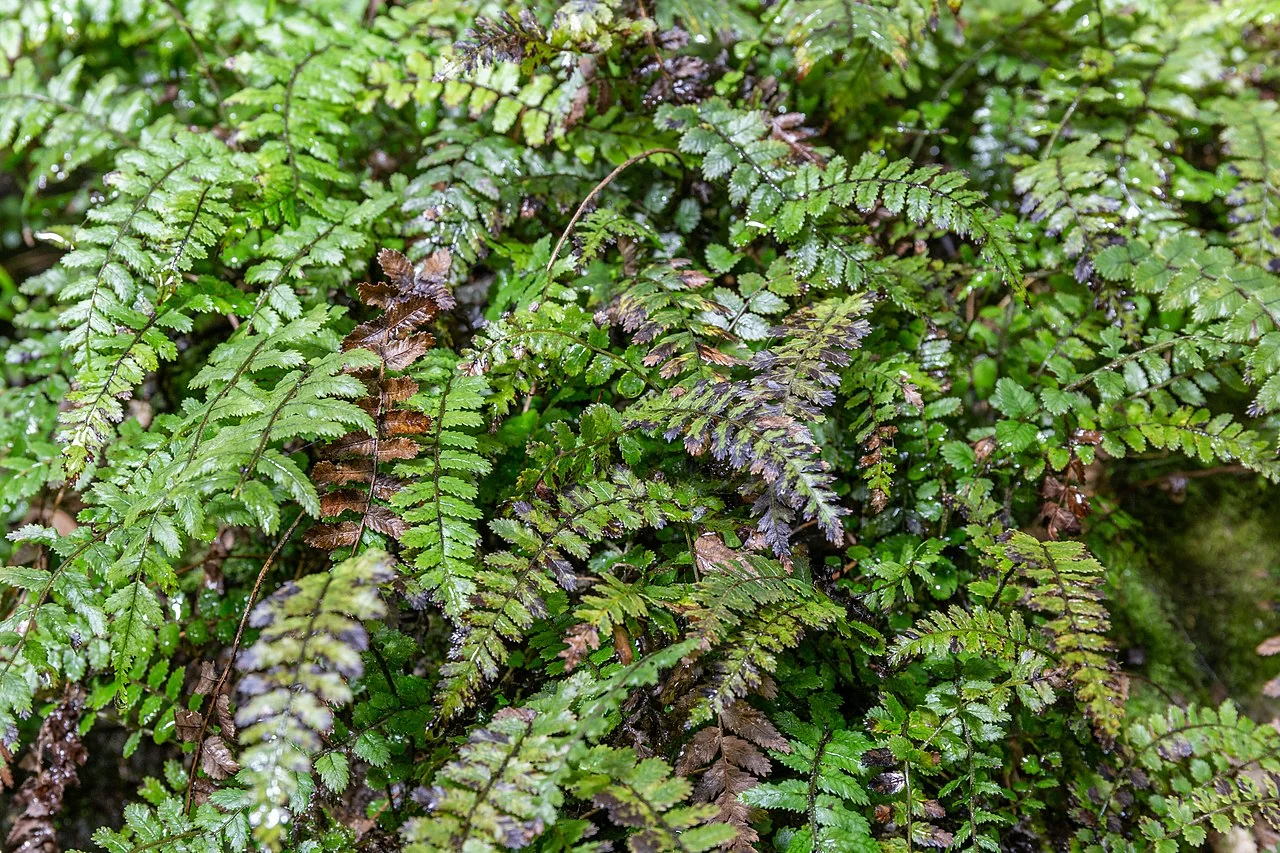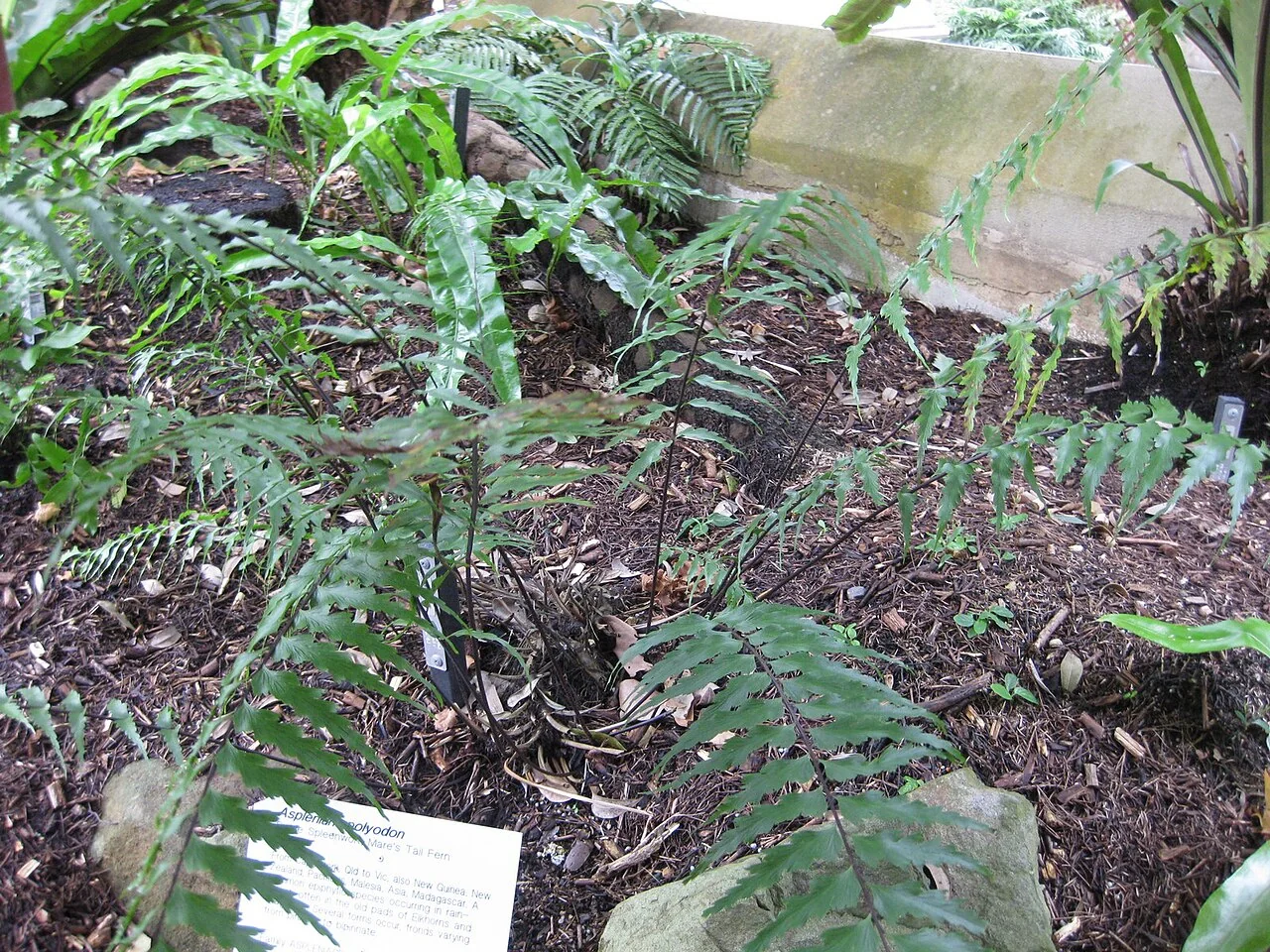
Sickle Spleenwort
Asplenium polyodon
Asplenium polyodon , commonly known as Sickle Spleenwort, is an elegant native fern of New Zealand, distinguished by its gracefully arching fronds. These glossy, dark green fronds, which can reach up to 80cm in length, feature distinctive sickle-shaped pinnae, giving the fern its common name. Found throughout New Zealand in shaded, moist forest understories and rocky outcrops, this robust fern creates beautiful cascading displays. It thrives in cultivation, making it an excellent choice for shaded gardens and native landscapes, contributing to the rich diversity of New Zealand's fern flora.

Plant Description
Botanical Features
Sickle Spleenwort ( Asplenium polyodon ) is a handsome native fern renowned for its distinctive sickle-shaped pinnae that create an elegant, feathery appearance. This evergreen fern typically reaches 30-80cm in height with gracefully arching fronds that can spread to form attractive clumps up to 1 meter wide. The glossy, dark green fronds are deeply divided, with each segment curved like a miniature sickle, creating a unique textural display that makes this species easily identifiable among New Zealand's native ferns.
Quick Facts
Plant Specifications
| Scientific Name | Asplenium polyodon |
|---|---|
| Common Name | Sickle Spleenwort |
| Family | Aspleniaceae |
| Height | 40-80 cm |
| Spread | 60-100 cm |
| Water Needs | Moderate; prefers moist, well-drained soil |
| Light | Shade to partial shade |
| Frost Tolerance | Hardy once established |
| Salt Tolerance | Low; requires protection from salt exposure |
| Growth Rate | Slow to moderate |
| Lifespan | Long-lived perennial |
Climate Best Suited to
Sickle Spleenwort ( Asplenium polyodon ) is found naturally throughout New Zealand in cool, moist forest environments from lowland to montane regions. It thrives in temperate maritime climates with consistent humidity and protection from extreme temperatures. This adaptable fern performs best in areas with regular rainfall and stable moisture levels.
Regional Suitability
| City | Climate Suitability |
|---|---|
| Whangārei | Ideal |
| Auckland | Ideal |
| Hamilton | Ideal |
| Tauranga | Ideal |
| Rotorua | Ideal |
| Gisborne | Ideal |
| New Plymouth | Ideal |
| Napier | Ideal |
| Whanganui | Ideal |
| Palmerston North | Ideal |
| Wellington | Ideal |
| Nelson | Ideal |
| Christchurch | Ideal |
| Dunedin | Ideal |
| Invercargill | Ideal |
Natural Habitat
Distribution and Environment
Understand the natural habitat of Sickle Spleenwort ( Asplenium polyodon ), including its geographical distribution, preferred environmental conditions, and the types of forest ecosystems where it thrives. This knowledge is essential for successful cultivation.
- Geographical distribution throughout New Zealand's forests from lowland to montane regions.
- Preferred forest understory and rocky outcrop habitat conditions.
- Associated plant communities and typical forest ecosystem companions.
Plant Conservation Efforts
Habitat Protection
While Sickle Spleenwort ( Asplenium polyodon ) is not currently threatened, it represents the importance of conserving the diverse forest understory habitats where New Zealand's remarkable fern communities naturally occur and contribute to ecosystem health.
- Role in forest understory conservation and habitat protection.
- Supporting biodiversity through appropriate native fern cultivation.
- How to participate in forest conservation and understory restoration initiatives.
Growing Requirements
Soil Requirements
Sickle Spleenwort thrives in humus-rich, well-draining soil with excellent organic content. It prefers slightly acidic to neutral conditions and benefits from mulching with organic matter. Good drainage is essential to prevent root rot while maintaining consistent moisture.
Light Requirements
This fern requires shade to partial shade and must be protected from direct sunlight, which can scorch its delicate fronds. Dappled light under trees or on the south side of buildings provides ideal conditions.
Water Requirements
Consistent moisture is essential, especially during establishment. Soil should remain evenly moist but not waterlogged. High humidity around the plant supports healthy frond development and prevents stress.
Planting Guide
-
Best Time to Plant
Plant in autumn or spring when soil moisture is reliable and temperatures are moderate. This allows excellent root establishment before facing summer heat or winter cold.
-
Choosing a Location
Select a shaded location with protection from wind and direct sunlight. Ensure the site has good drainage while maintaining consistent moisture, such as near buildings or under tree canopies.
-
Planting Steps
Dig a hole twice the width of the root ball and incorporate organic matter such as compost. Plant at the same depth as in the pot, backfill gently, and water thoroughly. Apply organic mulch around the base.
Ecological Role
Ecosystem Roles
Sickle Spleenwort ( Asplenium polyodon ) plays an important role in New Zealand's forest ecosystems, contributing to understory diversity and providing habitat for various invertebrates while helping maintain forest moisture levels and microclimate stability.
- Fronds provide shelter for spiders, insects, and small forest invertebrates
- Helps maintain forest floor moisture levels and microclimate stability
- Creates structural complexity in native forest understory communities
- Important component of forest succession and regeneration processes
- Supports biodiversity through its role in creating diverse habitat niches
Uses and Significance
Garden Uses
- Exceptional feature plant for shaded borders and woodland gardens
- Perfect for creating texture contrast in native plant combinations
- Excellent for rock gardens and naturalistic cliff-face plantings
- Outstanding for humid courtyards and protected patio areas
- Valuable for habitat gardens supporting invertebrate communities
Traditional Heritage
Like other native ferns, Sickle Spleenwort holds cultural significance in traditional Māori knowledge as part of the rich understory ecosystem that characterizes New Zealand's native forests.
- Symbol of New Zealand's ancient forest heritage and ecosystem complexity
- Important component of traditional forest knowledge and ecology
- Represents the layered structure of pristine native forest communities
Ecological Value
Ecologically, Sickle Spleenwort contributes to forest understory diversity and provides habitat for various invertebrates and small forest creatures within its fronds and root systems.
- Fronds provide shelter for spiders, insects, and small forest invertebrates
- Helps maintain forest floor moisture levels and microclimate stability
- Creates habitat complexity in understory plant communities
- Important component of native forest regeneration and succession
- Supports biodiversity through its role in forest ecosystem structure
Landscaping Applications
Design Integration
Discover how Sickle Spleenwort ( Asplenium polyodon ) can be effectively integrated into various landscaping designs. This section offers creative ideas and practical advice for using this elegant native fern to enhance shaded areas and create authentic forest-like environments.
- Design ideas for woodland gardens, shade borders, and native plant combinations.
- Best uses in rock gardens, courtyards, and protected landscape areas.
- Combining with other native ferns and shade-loving plants for authentic forest effects.
Seasonal Care Calendar
Spring
New croziers emerge as temperatures warm. This is an excellent time for planting and for applying organic fertilizer to support strong frond development. Ensure consistent moisture as growth accelerates.
Summer
Monitor moisture levels closely during hot weather. Mist fronds during dry spells to maintain humidity. Ensure adequate shade protection to prevent scorching of delicate fronds.
Autumn
Reduce watering as temperatures cool. Remove any damaged or yellowing fronds to maintain plant health. This is a good time to collect spores for propagation if desired.
Winter
The fern enters dormancy with minimal water requirements. Protect from severe frost, especially young plants. Maintain good drainage to prevent root rot during wet winter conditions.
When to Prune and How Much
Pruning Guidelines
Sickle Spleenwort ( Asplenium polyodon ) requires minimal pruning to maintain its natural graceful form. The distinctive arching fronds are the plant's main ornamental feature and should be preserved.
- Remove only dead, damaged, or yellowing fronds at any time
- Cut fronds cleanly at the base using sharp, sterile tools
- Never cut healthy green fronds as they provide energy for the plant
- Tidy up in autumn by removing old fronds before winter
- Avoid disturbing emerging croziers in spring
- Use clean tools to prevent disease transmission
The natural arching form and sickle-shaped pinnae are this fern's distinctive characteristics and should be allowed to develop naturally.
How to Grow Sickle Spleenwort
Spores
Spore propagation is the primary and most natural method for growing Sickle Spleenwort, requiring patience and careful attention to environmental conditions but offering the satisfaction of growing this elegant native fern from its natural reproductive cycle. This distinctive species, characterized by its arching, sickle-shaped fronds, produces fertile spores in linear sori arranged along the veins on the undersides of mature fronds. The optimal timing for spore collection is during late summer to autumn when the sori have matured from green to dark brown, indicating full spore development. Monitor established plants carefully throughout the growing season, as spore production can vary significantly between individuals and environmental conditions. To collect spores, select healthy, mature fronds with clearly visible dark brown sori and cut them carefully with clean, sharp scissors. Place the cut fronds in clean paper envelopes or bags and store in a warm, dry location for 3-5 days to allow natural spore release. The released spores appear as fine, dust-like particles that should be sown immediately for optimal germination rates. Prepare a sterile growing medium using equal parts finely chopped sphagnum moss, peat moss, and perlite, sterilizing the mixture with boiling water and allowing it to cool completely. Sow spores thinly on the moist surface and cover containers with glass or clear plastic to maintain the high humidity levels essential for successful germination. Maintain consistent temperatures around 20-22°C with bright, indirect light, ensuring the growing medium remains consistently moist but not waterlogged. Germination typically occurs within 6-12 weeks under optimal conditions, though some spores may take longer to develop into the initial prothallus stage. The young sporophytes gradually develop over several months, eventually forming the characteristic sickle-shaped fronds that give this species its common name. Transplant young ferns when they reach 3-5cm in height into individual containers with a humus-rich, well-draining growing medium suitable for fern cultivation.
Division
Division offers a more reliable alternative to spore propagation for Sickle Spleenwort, particularly effective when working with established clumps that have developed multiple crowns through natural rhizome expansion. This method provides faster results than spore propagation and ensures that new plants maintain the exact characteristics of the parent specimen. The optimal timing for division is during late winter to early spring when the plant is emerging from dormancy, allowing divided sections to establish quickly as growing conditions improve. Begin by carefully lifting the entire clump using a garden fork, working slowly around the perimeter to avoid damaging the delicate root system and the emerging fiddleheads. Sickle Spleenwort typically develops a relatively compact rhizome system compared to some other fern species, requiring extra care during extraction and handling. Once lifted, gently shake away excess soil to expose the rhizome structure and identify natural division points where separate crowns or growing points have developed. Use a clean, sharp knife to cut through connecting rhizomes, ensuring each division includes both healthy roots and at least one active growing point with visible fronds or emerging shoots. The divisions may be smaller than those of more vigorous fern species, but Sickle Spleenwort establishes well from modest-sized divisions provided adequate care is given during establishment. Replant divisions immediately in prepared soil that replicates forest understory conditions, using a mixture of leaf mold, compost, and well-draining soil enriched with organic matter. Choose locations with consistent shade and protection from direct sunlight, as this species naturally occurs in shaded forest environments where it receives filtered light. Water thoroughly after planting and maintain consistent soil moisture throughout the establishment period, typically 8-12 weeks during favorable growing conditions. This method is particularly valuable for gardeners who want to multiply existing plants or for creating plantings where the distinctive arching growth habit can be appreciated in shaded garden areas or naturalistic forest plantings.
Tissue Culture
Tissue culture represents an advanced propagation technique for Sickle Spleenwort, primarily used in commercial nursery production or specialized conservation programs where large numbers of genetically identical plants are required. This method involves growing new plants from small tissue samples taken from healthy parent specimens under sterile laboratory conditions, allowing for rapid multiplication without the extended timeframes associated with spore propagation or the limitations of division. The process begins with the collection of sterile tissue samples, typically young frond segments or growing tips, which are surface-sterilized and placed on nutrient-rich agar media in sterile containers. Under controlled conditions with specific light regimes, temperature control, and nutrient supplementation, these tissue samples develop into complete plantlets over a period of several months. The major advantage of tissue culture is the ability to produce large numbers of plants from minimal parent material while maintaining genetic uniformity, making it particularly valuable for conservation efforts or commercial production of superior forms. However, this method requires specialized equipment, sterile techniques, and considerable expertise, making it impractical for most home gardeners. The process involves multiple stages, including initial establishment, multiplication, rooting, and acclimatization, each requiring specific environmental conditions and media formulations. Successfully tissue-cultured plants must be gradually acclimatized to ambient conditions through a careful hardening-off process before they can be transplanted to standard growing media. While tissue culture offers significant advantages for specialized applications, most gardeners will find spore propagation or division more practical and accessible methods for growing Sickle Spleenwort. This technique is primarily mentioned for completeness and to acknowledge the commercial production methods that may be used for nursery-grown specimens available to home gardeners.
By Division
Mature clumps can occasionally be divided, though this should be done carefully to avoid damage.
- Carefully lift established clumps in spring
- Use a sharp, clean knife to separate rhizomes
- Ensure each division has healthy roots and fronds
- Plant divisions immediately in suitable growing medium
- Maintain consistent moisture until well established
Pests and Diseases
Sickle Spleenwort ( Asplenium polyodon ) is generally hardy with good natural resistance to most pests and diseases when grown in appropriate conditions. Most problems arise from environmental stress rather than pest attacks.
Potential Issues
- Slugs and snails: May damage young emerging fronds, especially in humid conditions
- Scale insects: Can occasionally occur in very dry or stressed conditions
- Fungal problems: Rare, but possible with poor air circulation or excessive moisture
Environmental Stressors
- Sunburn: Direct sunlight quickly damages delicate fronds
- Drought stress: Inadequate moisture causes frond browning and poor growth
- Wind damage: Strong winds can break or tear the arching fronds
- Root rot: Poor drainage in heavy soils can cause root problems
Prevention
Success with Sickle Spleenwort depends on providing optimal growing conditions: consistent shade, adequate moisture, good drainage, and protection from environmental extremes.
Cultural Significance
While not as widely documented for traditional Māori uses as some other ferns, the elegant form of Sickle Spleenwort (Asplenium polyodon) was appreciated. Its presence in the landscape was a sign of a healthy, moist forest environment.
Bonus Tip
Seasonal Display
Watch for the beautiful unfurling of new croziers in spring - they emerge like elegant green question marks before slowly uncurling to reveal the distinctive sickle-shaped pinnae. Plant your Sickle Spleenwort where you can appreciate this magical process up close, perhaps along a shaded pathway or near a seating area.
